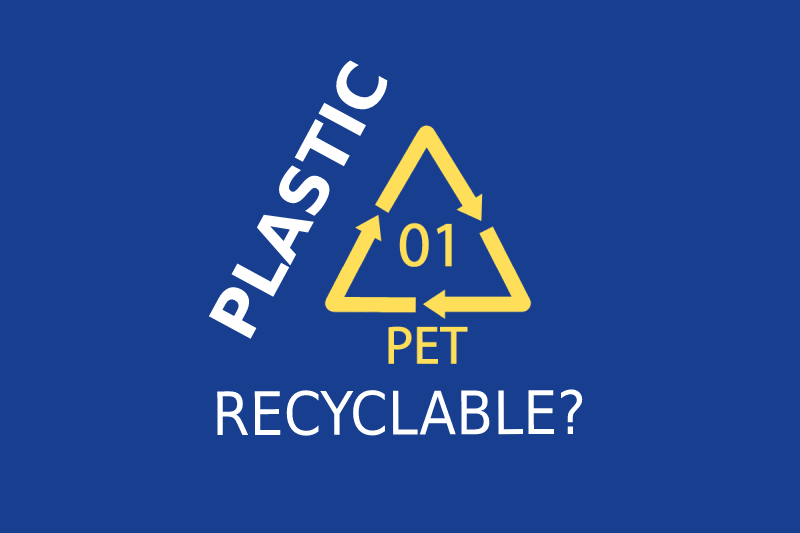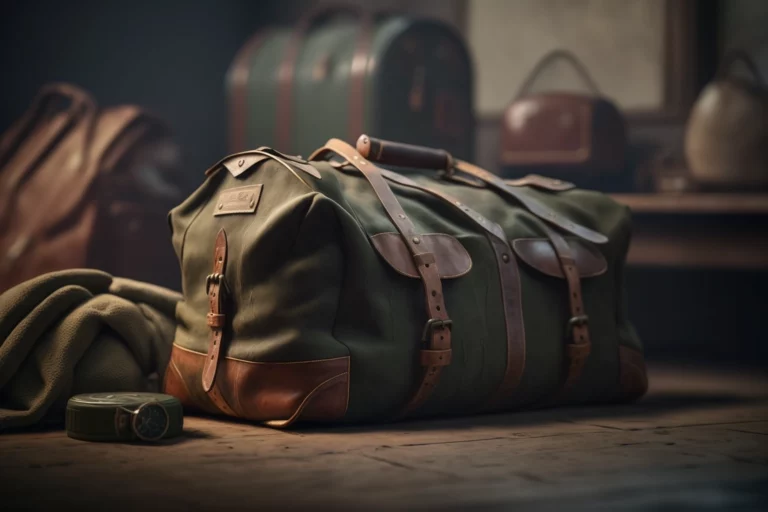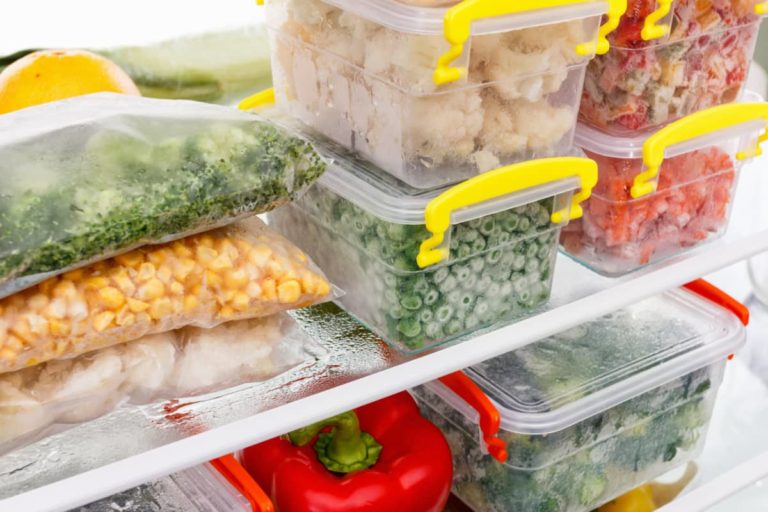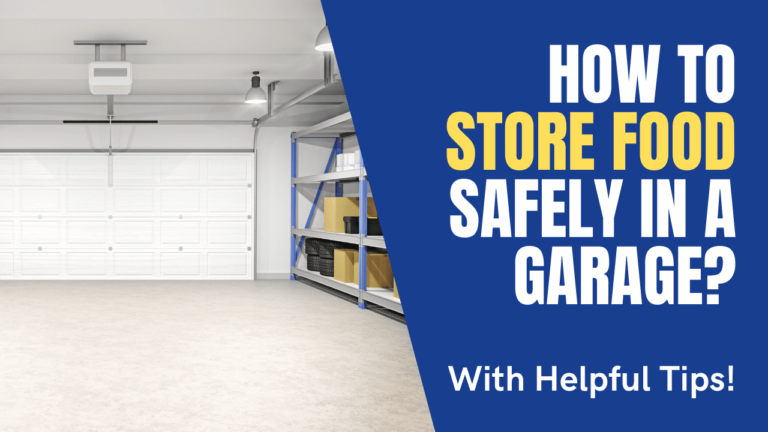Is Plastic Number 1 Recyclable? (Read This First!)
Not all plastics are recyclable. There are 7 different types of plastic, each with different qualities that make it more or less recyclable. And the topic for today’s article is all about whether or not plastic 1 is recyclable.
Plastic number 1, or PET, is recyclable. In fact, it’s the easiest plastic to recycle, and nearly every recycling company accepts it. Plastic 1 is highly flexible and malleable, making it easy to melt down and be recycled into new products for reuse.
In this article, I’ll explain all the reasons why plastic 1 is so recyclable. I’ll also discuss how to identify plastic 1, where you can recycle it, and whether or not you should be reusing it. I’ll also answer some frequently asked questions about PET plastic and recycling.
Is Number 1 Plastic Recyclable?
Number 1 plastic is one of the most recyclable plastics used today. It’s also one of the most widely available plastics, often used to make large bottles and containers, most commonly for various food and beverage items. In most cases, plastic number 1 can be recycled so long as it’s clean.
Unlike some other plastics, number 1 plastics don’t contain any toxic substances. This means they don’t require any special or complex cleaning processes that cost recycling companies more money. For this reason, it’s rare to find a recycling company that won’t take it.
Recycling Symbol 1, What Does It Mean?
When you look at any sort of plastic container, you should be able to find a recycling symbol on it. You can then use that information to decide how to dispose of the plastic.
Generally, the symbol is 3 arrows shaped into either a circle or a triangle. In the middle of that symbol, there’s a number. This number essentially identifies the type of plastic the container is made from, but is also used as it’s recycling number.
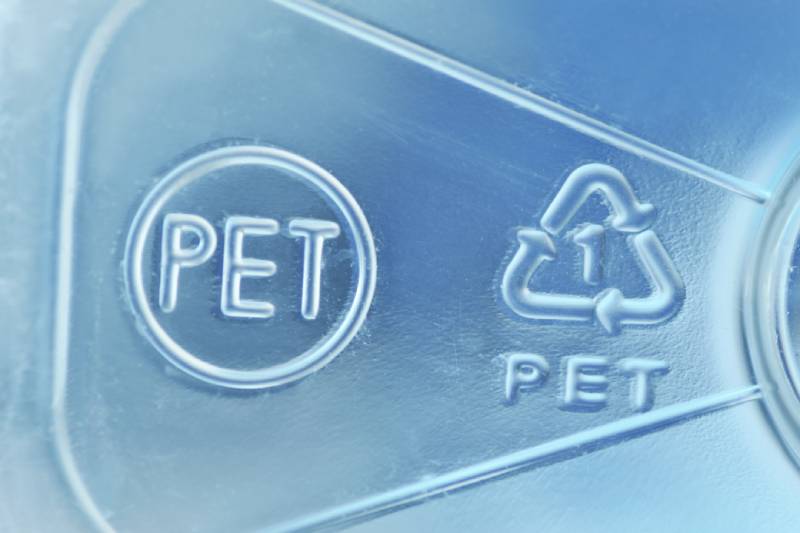
Recycling symbol 1 means the plastic is made from polyethylene terephthalate, most commonly referred to as PET or PETE. Products marked with recycling symbol 1, such as soda and water bottles, are recyclable once cleaned and typically accepted by local curbside recycling programs.
Once you’ve identified which type of plastic you have, check your local recycling company’s website to verify that they accept plastic 1 for recycling. It’s also good to look for any special instructions they may have about how to prepare that type of plastic for recycling. For instance, not all items can be placed in the roadside bin with other items, and some types of plastic need to be dropped off separately for a specialized purification process.
This Plastic Can Be Found In Items Like:
PET plastic, or plastic number 1, is a highly recyclable plastic most commonly used to make a variety of items. In particular, this plastic is most often used for making bottles and other disposable food containers, ranging from peanut butter jars to those flimsy baskets that strawberries and other fruits are often sold in.
Plastic 1 is only intended to be a single-use plastic, so you won’t see it being used in sturdier, reusable bottles. It’s also made to be stored in room temperature or refrigerated spaces, so you won’t find it used in containers requiring exposure to excess heat.
How And Where To Recycle It?
Plastic number 1 can be recycled by placing it in your roadside bin to be processed at your local recycling center. Typically, before placing it in the bin, the only preparation required is to clean any food or beverage residue off the plastic and perhaps remove twist-cap tops.
Almost every recycling center in the world accepts plastic number 1, simply because it’s the most common type of plastic sold. Still, if you need to recycle plastic number 1, first check your local recycling center’s web page for any additional instructions about how to deliver your PET plastic to them.
For the most part, there shouldn’t be any crazy requirements for number 1 plastic, usually just cleaning it to make cleaning easier. Some recycling centers may require you to remove any caps before placing items in the recycling bin, but this varies based on which technology is used.
It’s important to properly prepare your items before placing them in the recycling bin. If even one item is placed in the bin without following the preparation instructions, it could cause the entire load to be rejected, therefore forfeiting all your efforts.
What Is Plastic 1 Recycled Into?
Plastic 1 is typically recycled into new PET plastic products. One common example is bottles for various beverages such as soda, water, or fruit juice. The shards of PET are also recycled into polyester fiber, which is used to make various products, including fleece, carpets, and pillow stuffing.
One of the greatest things about plastic 1–other than it being super easy to recycle– is that it can be recycled into a variety of different items. But the most common thing for PET plastic to be recycled into is itself.
In other words, if it was a water bottle before, it can be a water bottle again. The plastic just has to be shredded, melted, and reformed into a new bottle. This is possible because the plastic is rarely contaminated when it’s being used.
Another common material plastic 1 is recycled into is polyester fiber. When plastic 1 is being recycled, it’s first purified (the method varies by recycling center), then it’s shredded into tiny plastic fragments. These tiny plastic shards are then melted down to form new plastic bottles, or spun into polyester fiber.
Indeed, one of the most common clothing materials that you’ll see is polyester. Chances are good that many clothing items you own are partially made from recycled PET plastics. Polyester is most often used in textiles such as fleece, carpets, stuffing, and of course, shirts and pants.
The one major downside to PET plastics being recycled into clothing is that it’s the end of the plastic’s life cycle. Unfortunately, even if your garment is made from PET plastics, it’s very rare for recycling centers to accept clothing as a recyclable item. Once it’s done being worn, the rest of its time on earth will be spent in a dump.
Is It a Good Idea To Reuse a Container Made of Plastic 1?
It isn’t a good idea to reuse a container made of plastic 1. Generally, plastic 1 is made for single-use items and isn’t durable enough for multiple uses. In general, it’s best to avoid reusing plastic 1 containers, because microplastics may start to break off the plastic as soon as after one use.
If you do choose to reuse a container made of plastic 1, make sure you’re not exposing it to harsh conditions. For instance, leaving it in a hot car or in direct sunlight will further accelerate the release of microplastics which, over time, will cause harm to your body.
Is Plastic 1 Safe for Food?
Plastic 1 is safe for food, but only if it’s used for one-time containment purposes, as intended. If used multiple times, or exposed to conditions beyond what it’s designed for, plastic 1 items can release toxins and microplastics that can easily end up in your food.
It’s important to note that plastic 1 should not be exposed to extreme heat or sunlight, and this includes putting it in the microwave. If you place plastic 1 in the microwave, the plastic can start to release toxins that will go into the food and eventually end up in your body.
How Can I Distinguish Plastic Number 1 From Other Plastic?
You can distinguish plastic number 1 from other plastics by it’s recycling symbol, its appearance, and what it’s being used for. PET plastic is almost always transparent, easy to bend, and used for single-use items. If the item is intended to be used more than once, it isn’t made from plastic 1.
Once you start looking for it, you’ll find that this plastic is incredibly common. For instance, if you go pick up a plastic water bottle from the gas station, then chances are high that it’s made from PET plastic. Whereas, if you buy a container of car oil, you can safely assume that it’s not made from PET plastic.
Keep in mind that all plastics should have a recycling symbol with a number in the middle of it. This number will tell you what type of plastic it is.
Once you’ve identified the number, you can look it up on your local recycling center’s website. They’ll give instructions on what type of plastic it is, as the numbering may vary by country or region, as well as how to recycle it.
It should be noted, however, that modified versions of the symbol have been produced, which could cause some confusion. Indeed, there are several different recycling symbols on ecological packaging, and many face confusion when trying to decipher them.
Recognizing this problem, How2Recycle has designed informative logos to replace the numbers to help the average consumer better distinguish between different types of plastic. So perhaps this won’t be an issue in the near future.
Can I Recycle Plastic Number 1 With Plastic Number 2?
You can recycle plastic number 1 with plastic number 2 in the same recycling bin at the same center. As the two most common types of plastic–used to make various product containers from milk cartons to shampoo bottles–they’re both easily recyclable and many centers recycle them in the same place.
Does PET Plastic Contain BPA?
In recent years, BPA has become a bit of a hot word, with everyone wanting to avoid plastic because of the supposed BPA it constantly releases. While it can be dangerous, not every plastic contains BPA.
PET plastic does not contain BPA–and never has contained BPA–in its formulation, so it’s safe for you to use. BPA is typically found in the linings of reusable sports bottles and occasionally found in baby bottles (Indian market), neither of which are made from PET plastics, as they’re made to be reused.
Is PET Plastic Sustainable?
PET plastic is sustainable when it’s used as intended. Notably, PET plastics are one of the most sustainable forms of plastic available on the market. However, there’s still an issue of sustainability because PET plastics aren’t always being used as intended, making them unsustainable.
If you look in any public trash can, it’s likely to be full of single-use PET plastics that could’ve been recycled and reused. Instead, they’re simply being sent to landfills to break down and create microplastics.
When determining whether or not you’ll use PET plastics in your household, think about how likely you’ll be to follow protocol and recycle these items every single time. If you think that shouldn’t be an issue for you, then yes, PET plastics are sustainable. If you think that’s too much work, then you’re better off not purchasing single-use plastics.
Conclusion
Plastic number 1 is the most common type of plastic sold today. It’s used in most food and drink packaging and is very easy to recycle. All you need to do is prepare it properly before sending it to the recycling center.
Because plastic 1 is so recyclable, it’s one of the most sustainable forms of plastic you can purchase, so long as you’re willing to put in the work to take it to the recycling center.
Sources
- How2recycle.Info: See what’s accepted in your area
- Downtoearth.org: Traces of banned bisphenol A found in baby bottles
- PET Resin: FAQs

